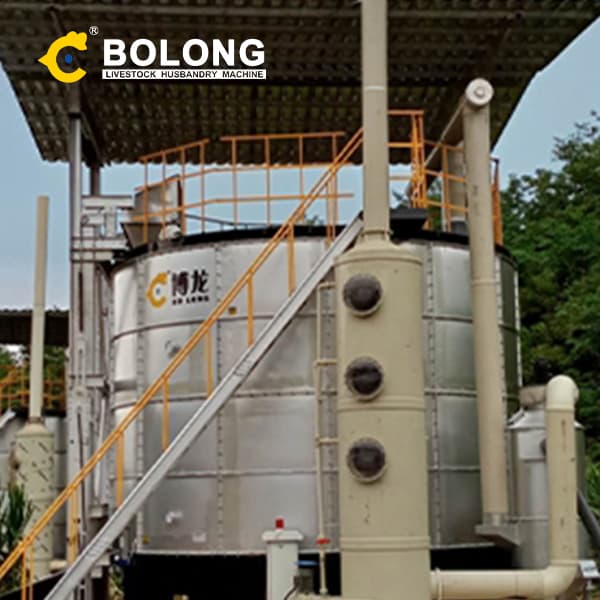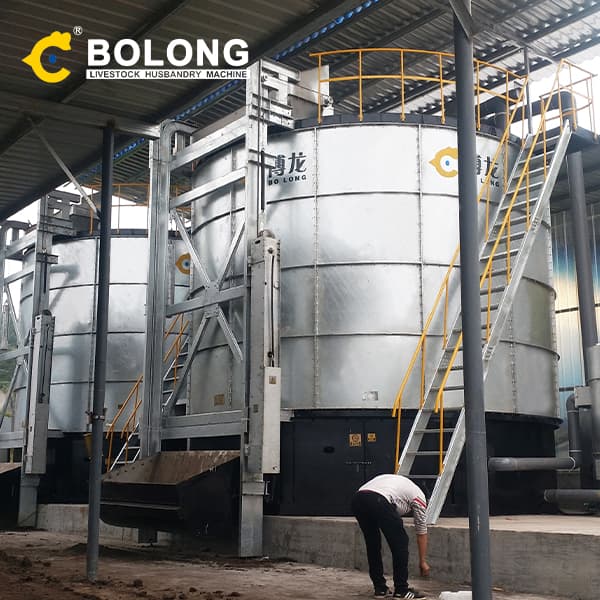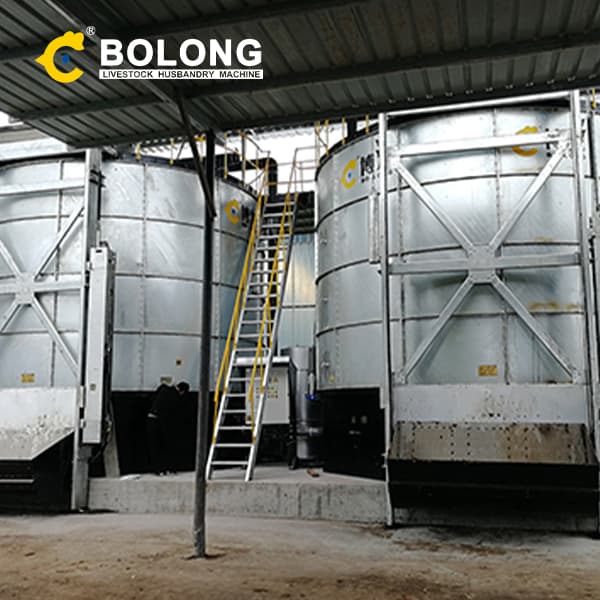

2019/2/14/ · This literature review aims to present the composting process as addressed in different studies and the optimization that have provided promising


The Composting Handbook is the single guide to the latest science, principles and best practices for composting for farm and large-scale commercial composting operations. It provides insights on variety of opportunities and challenges for converting raw organic materials into a useful and marketable product. The Composting Handbook expands on

production and its treatment , analyze the influencing factors of composting, and summarize optimal O 2 demand of aerobic composting of aerospace biomass waste. It


With the advantages of high treatment capacity and low operational cost, large-scale trough composting has become one of the mainstream composting patterns in composting plants in China. This study measured concentrations of O 2 , CO 2 , CH 4 and NH 3 on-site to investigate the spatial and temporal distribution of pore gas concentrations during

2021/2/26/ · Composting is a biological decomposition process that occurs from microbial progression, which brings about the degradation and stabilization of various organic waste into compost. During composting, the emission of undesirable odor adversely affects compost quality and causes environmental deterioration. Also, odor



The Advantages of Composting: 1. Soil Improvement: Compost acts as a valuable soil conditioner, enriching soil structure, enhancing moisture retention, and promoting the growth of beneficial microorganisms. It provides essential nutrients to plants, reduces the need for synthetic fertilizers, and improves overall soil health.

2020/1/1/ · In recent years, food waste (FW) composting has been widely adopted for sustainable organic waste recycling and transforming into stable mature compost to

2024/3/3/ · 4. Essential Components for Large-scale Composting Organic waste sources: crop residues, manure, food scraps, etc Large-scale composting relies on crucial raw materials such as leftovers from crops, animal dung, and unused food pieces.These organic materials are the backbone of creating nutrient-rich compost that supports

2023/3/14/ · 2.1 Experimental design of large-scale In tank composting 2.1.1 Large-scale rotary drum composting. At the Indian Institute of Technology, Guwahati’s (IITG) solid waste laboratory, a large-scale rotary drum composter (5000-L capacity) was established (Fig. S1), following all safety standards.The reactor was installed on a cast iron frame and

2022/9/1/ · This paper reveals the role of refining the design, the operation, and the technological intricacies of composting and vermicomposting practices in bio-waste and